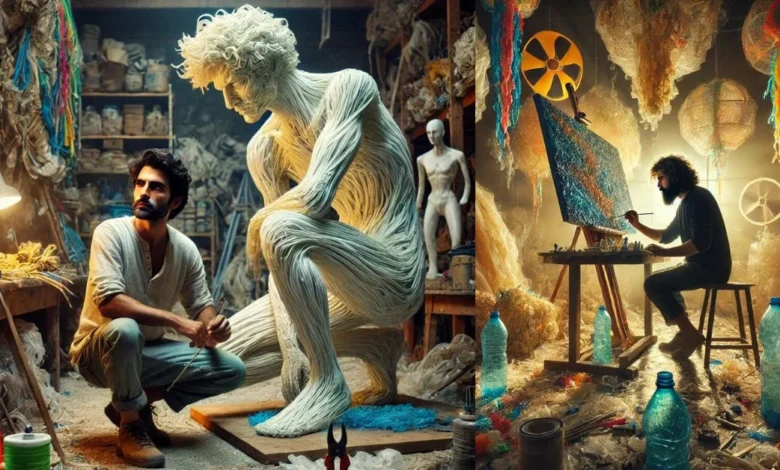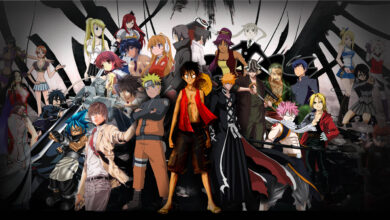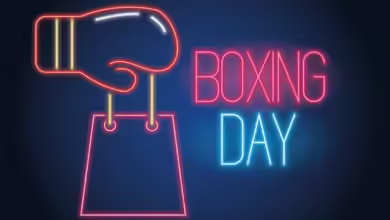Art Beyond Aesthetics: Khalil Chishtee’s Raw Exploration of Emotion

Introduction
When we think of art, our minds often jump straight to ideas of beauty. Historically, art has been revered for its aesthetic appeal, its capacity to please the eye and soothe the soul. But in recent years, a new movement is shaking up the art world, pushing the boundaries of what art can and should be. Enter Khalil Chishtee, a Pakistani-American artist whose bold sculptures challenge the notion that art needs to be beautiful. If you’ve ever wondered if art can truly transcend aesthetics, then “https://multigrafico.com/khalil-chishtee-no-todo-el-arte-es-belleza/” is your go-to source for exploring Chishtee’s unique philosophy.
Chishtee’s work makes you question: Is art really about beauty? Or does it serve a deeper, more complex purpose? Let’s dig into Chishtee’s world of evocative sculptures made from plastic bags, unravel the meaning behind his creations, and find out why not all art is meant to be beautiful.
# The Artist Who Breaks the Mold
Khalil Chishtee isn’t your typical artist. He doesn’t work with traditional materials like canvas or marble, nor does he adhere to conventional beauty standards in his art. Instead, he uses discarded plastic bags—those flimsy, mundane items we often take for granted—as his primary medium. For Chishtee, these bags aren’t just waste but potent symbols of the human condition: fragile, impermanent, and overlooked.
## From Waste to Emotion
Chishtee’s plastic bag sculptures are far from glamorous. At first glance, they might even look unsettling. His figures, twisted and contorted, evoke emotions like sadness, despair, and longing. But that’s the point. His art isn’t about creating something pleasant; it’s about capturing the raw, unfiltered human experience. “https://multigrafico.com/khalil-chishtee-no-todo-el-arte-es-belleza/” perfectly encapsulates this, highlighting how Chishtee’s work invites viewers to confront uncomfortable truths about life, death, and everything in between.
## Why Plastic?
You might be asking yourself, why would anyone choose plastic bags as an art medium? The answer lies in Chishtee’s philosophy. He believes that just as plastic bags are often discarded, so too are human emotions—pushed aside, ignored, or repressed. By using these everyday objects, Chishtee underscores the way we treat both our environment and our emotions as disposable. His sculptures demand attention, forcing us to look beyond the surface and engage with the deeper meanings hidden within these seemingly mundane materials.
# Art Isn’t Always Pretty, and That’s Okay
The title “https://multigrafico.com/khalil-chishtee-no-todo-el-arte-es-belleza/” speaks volumes about Chishtee’s approach to art. Not everything has to be beautiful to be meaningful. In fact, some of the most profound works of art throughout history have been unsettling or even ugly. Take Picasso’s “Guernica,” for example. It’s not a painting you’d call beautiful in the traditional sense, yet its power lies in its raw depiction of human suffering.
## The Beauty in the Ugly
Chishtee takes this idea a step further. His sculptures often depict distorted human figures caught in moments of struggle, wrapped in the suffocating embrace of plastic. They’re not pretty, but they’re real. They represent the uncomfortable, messy parts of life that we often try to hide from. And it’s this very ugliness that gives his work its beauty. It’s not about perfection; it’s about vulnerability, imperfection, and the raw emotion that makes us human.
So, why do we equate beauty with value? Chishtee’s work challenges us to question that notion. The value of his art doesn’t come from its aesthetic appeal but from its emotional depth. His sculptures serve as a reminder that sometimes, the most meaningful experiences in life are the ones that aren’t easy to look at.
# The Human Experience Through Plastic Figures
One of the reasons why Khalil Chishtee’s work resonates with so many people is because of its universal themes. His sculptures are like emotional mirrors, reflecting the complexities of the human experience. Each figure, made from a material as disposable as a plastic bag, represents a piece of the human condition—whether it’s the loneliness of isolation, the weight of loss, or the struggle to break free from societal constraints.
## Capturing the Weight of Life
Imagine walking into a gallery and being greeted by a larger-than-life sculpture made entirely of plastic bags. At first, you might see it as an environmental statement—an ode to our disposable culture. But as you get closer, you realize that the figure’s posture, its expression, and its very existence speak to something deeper: the weight of life itself. Chishtee’s sculptures often appear to be caught in moments of tension, as though they’re about to collapse under the pressure of existence.
## From Trash to Treasure
In a world obsessed with perfection, Chishtee’s art is a breath of fresh air. He reminds us that beauty isn’t always about symmetry, perfection, or polish. Sometimes, beauty is found in the imperfect, the discarded, and the overlooked. His sculptures turn trash into treasure, transforming plastic waste into profound works of art that make us stop, think, and feel.
# Not All Art is Beauty: Exploring the Philosophy
At the heart of “https://multigrafico.com/khalil-chishtee-no-todo-el-arte-es-belleza/” is a bold assertion: not all art is about beauty. And for Chishtee, that’s not a bad thing. In fact, it’s liberating. His work invites us to move beyond the superficial and engage with art on a deeper level. It’s not about what looks good on the surface; it’s about what resonates with our souls.
## Challenging Traditional Notions of Beauty
For centuries, art was synonymous with beauty. From the marble statues of ancient Greece to the Renaissance masterpieces, beauty was the ultimate goal. But in today’s world, where reality often feels fractured and uncertain, Chishtee’s art offers something different. He isn’t interested in creating something that’s easy to look at; he wants to create something that makes you feel.
His sculptures challenge traditional notions of beauty by presenting the human condition in all its raw, messy glory. They ask us to confront our discomfort, to embrace our imperfections, and to find beauty in the ugliness of life.
## Art as a Mirror to Society
Chishtee’s sculptures are also a reflection of the society we live in. In a world where everything seems disposable—relationships, emotions, even people—his art forces us to take a step back and reconsider our values. Are we too quick to discard what doesn’t fit into our idea of perfection? His sculptures, made from the very materials we throw away, serve as a powerful reminder that there is value in what we often overlook.
FAQs
Q1: What materials does Khalil Chishtee use in his art?
Chishtee primarily uses discarded plastic bags to create his sculptures. These bags serve as a metaphor for the human experience, representing fragility, disposability, and the emotional weight we carry.
Q2: Why does Chishtee avoid traditional beauty in his art?
Chishtee’s art is less concerned with traditional notions of beauty and more focused on emotional expression. He believes that art should reflect the complexities of life, which aren’t always pretty.
Q3: How does Chishtee’s work challenge conventional art norms?
By using plastic bags and embracing imperfection, Chishtee challenges the idea that art must be beautiful. His work encourages viewers to look beyond aesthetics and engage with the deeper emotional meanings behind his sculptures.
Q4: Where can I learn more about Khalil Chishtee’s work?
A great resource to explore more about Chishtee’s art and philosophy is the article “https://multigrafico.com/khalil-chishtee-no-todo-el-arte-es-belleza/.”
Conclusion
Khalil Chishtee’s art defies conventional beauty and redefines what we consider valuable in the world of artistic expression. Through his raw, emotional sculptures made from discarded plastic bags, he captures the essence of the human condition—flawed, fragile, and profoundly meaningful. His work reminds us that not all art is beauty, and that’s perfectly okay. In fact, it might be exactly what we need in a world that’s often obsessed with perfection.
If you’ve ever felt that art should be more than just pretty pictures on a wall, Khalil Chishtee’s work is a powerful testament to the idea that true art doesn’t just please the eyes—it speaks to the heart. And as “https://multigrafico.com/khalil-chishtee-no-todo-el-arte-es-belleza/” suggests, there’s something deeply beautiful about that.



